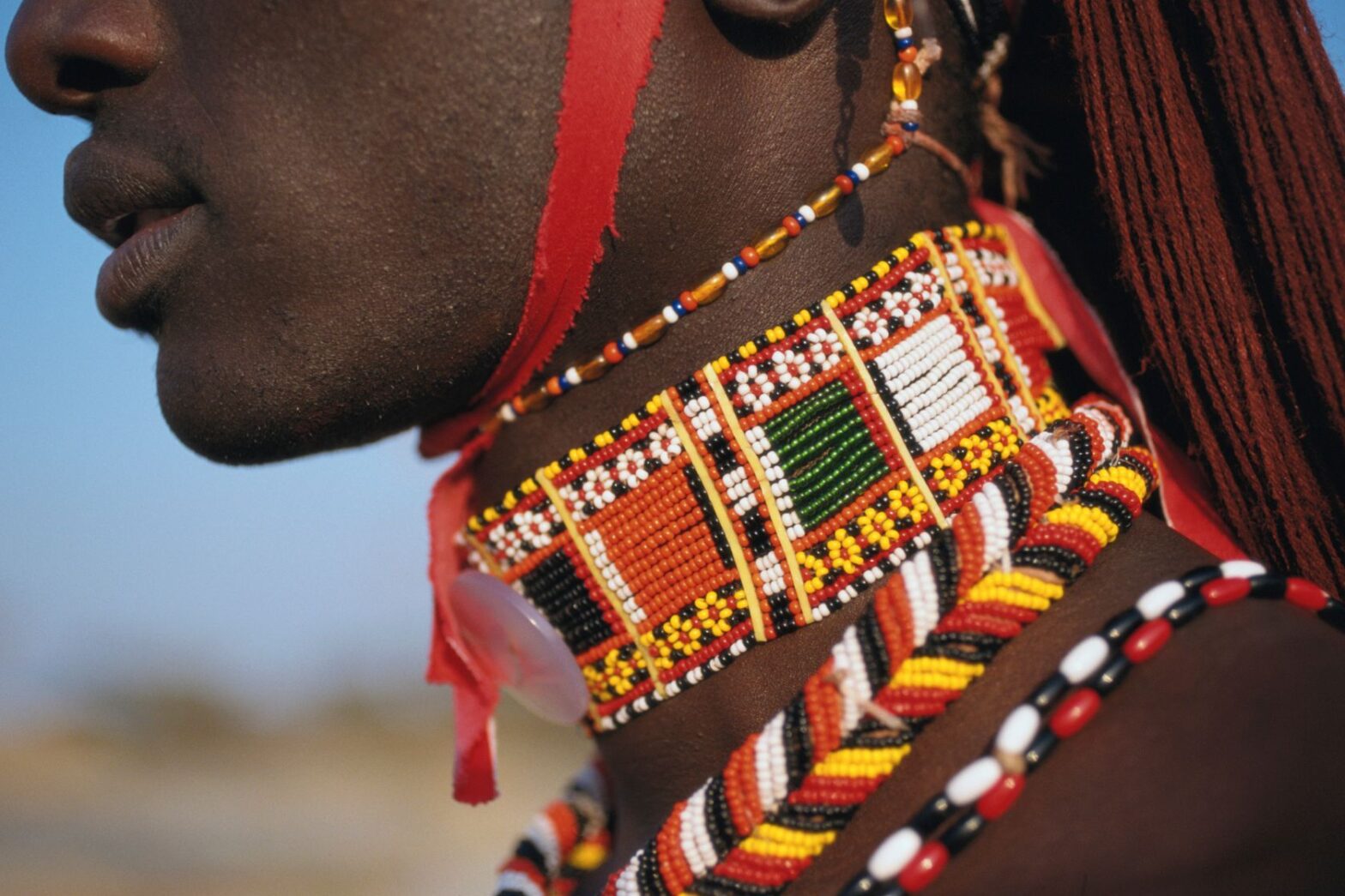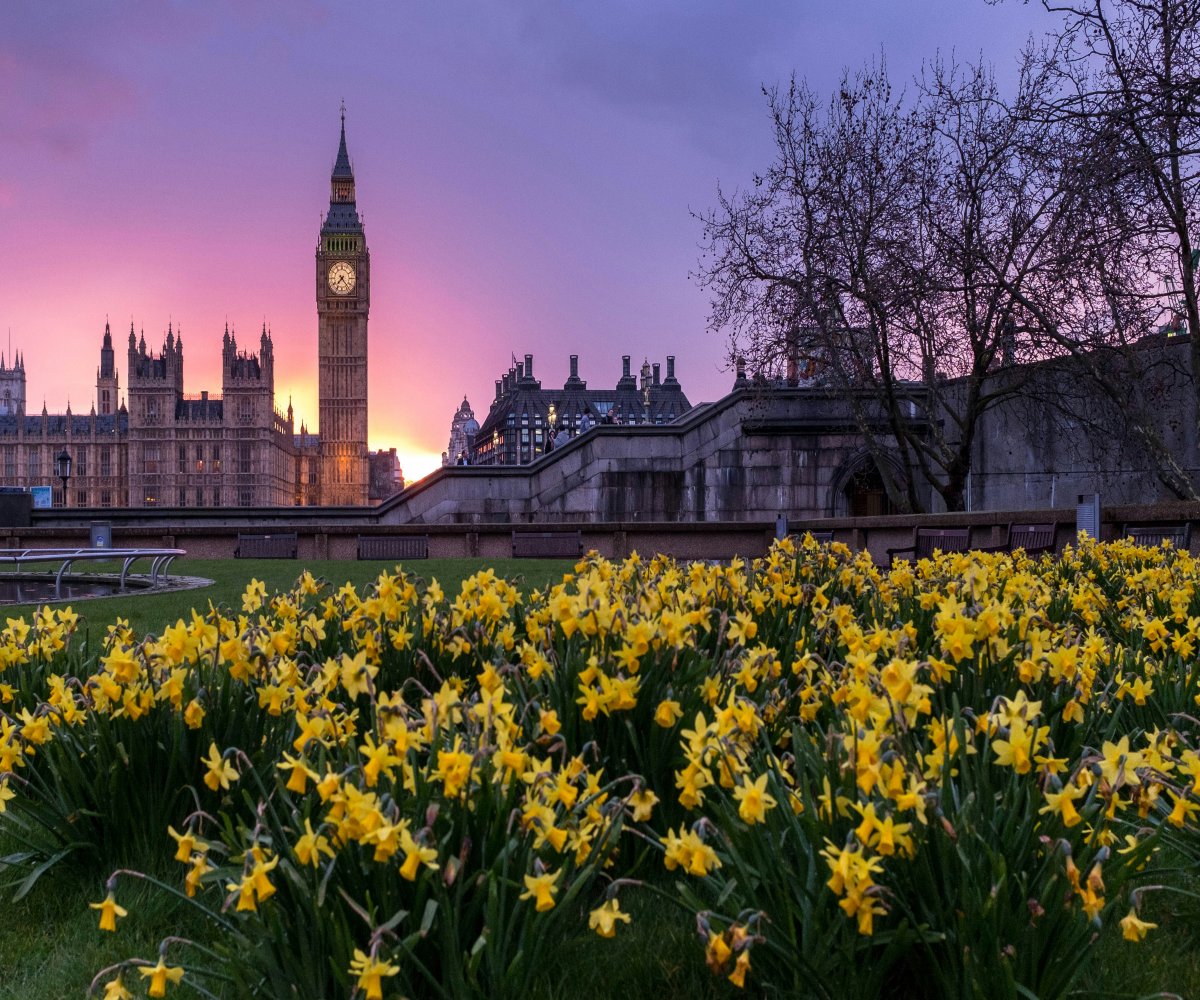The continent of Africa comprises a total of 54 countries and more than 1.3 billion people. Also, there are more than 3,000 African tribes.
One thing you will discover during your visit is that tribal influences are a dominant force in some regions across the continent.
With that in mind, here are some of the most famous African tribes.
Zulu – South Africa
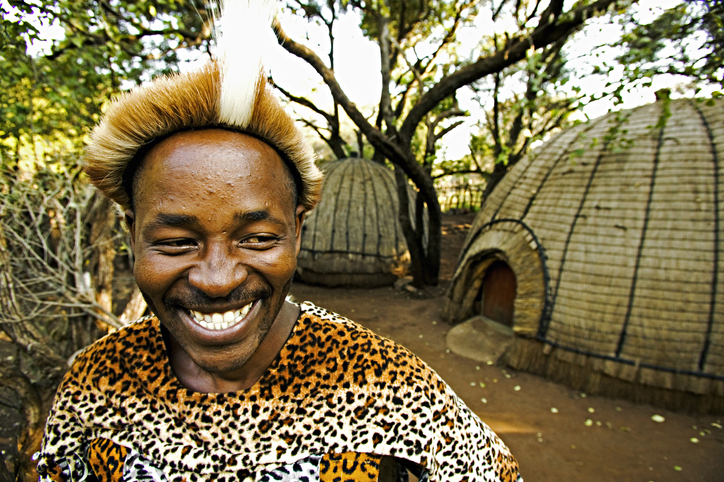
The Zulus are one of the most popular African tribes. It is South Africa’s largest ethnic group, primarily residing in the KwaZulu-Natal province. They have a rich cultural heritage and are known for vibrant traditions such as music, dance, and beadwork. IsiZulu, the Zulu language, is widely spoken by the Zulu community. One reason why the tribe is so widely known is because of Shakaland, which is acknowledged worldwide as the birthplace of the legendary chief Shaka Zulu.
With an estimated population of 11.54 million people, Zulu is known to be the largest ethnic group in South Africa,
In 2022, King Misuzulu ka Zwelithini was formally acknowledged as monarch by President Cyril Ramaphosa at a ceremony attended by thousands in Durban, South Africa. The ceremony was the first Zulu coronation since South Africa became a democracy in 1994.
The Hausa – Nigeria
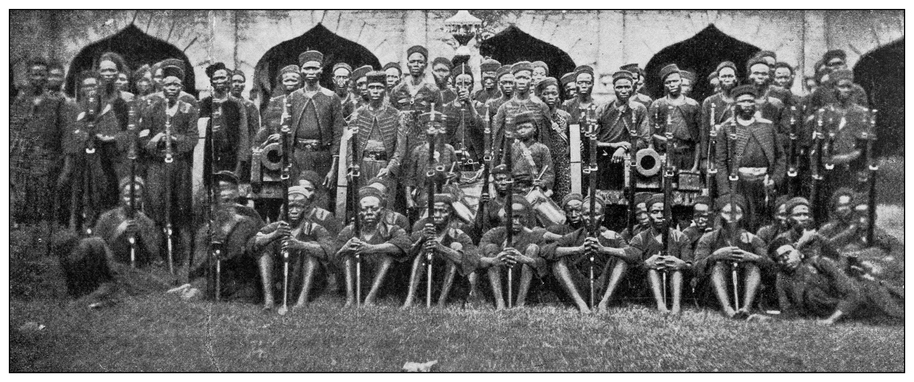
The Hausa are Nigeria’s most populous ethnic group and one of the largest African tribes. This ethnic group accounts for approximately 30% of the population in the country. Hausa people are primarily in West Africa, with the majority of its population in the region between Nigeria and Niger.
The Hausa tribe is well-known for its agricultural practices, trade, and centuries-old city-states. The Hausa language, also known as Hausa, is widely spoken in Nigeria and is a lingua franca throughout West Africa. Art, music, storytelling, and a strong Islamic influence are also part of the Hausa people’s rich cultural heritage. The majority of Hausa people are Muslims, and Islam is central to their culture.
The Karo – Ethiopia

Located in Southern Ethiopia, the Karo or Kara ethnic group reside along the east banks of the Omo River.
The estimated population is about 2,000 people and what you will find is they are a fascinating culture famous for their body painting. Tribe members are known to paint their bodies with a combination of white chalk, yellow, mineral rock, iron ore, and charcoal. In addition, they often practice ritual scarification, choosing scars as an easy way to identify themselves.
The Karo women are considered particularly sensual and attractive if cuts are made deep into their chests and torsos and ash is rubbed in, creating a raised effect over time and thereby enhancing sexual beauty.
Similarly, the scarification of the man’s chest indicates that he has killed enemies from other tribes, and he is highly respected within his community, according to Atlas of Humanity.
Yoruba – Nigeria
Individuals who identify as Yoruba make up approximately 15% of Nigeria’s population, making them the country’s second-largest ethnic group. Yoruba people typically identify as Christian or Muslim, though many Yoruba retain traditional aspects of their forefathers’ religious practices and beliefs. With a deep, longstanding cultural heritage, the rich history of the Yoruba tribe traces back to the old Oyo Empire.
The Himba – Namibia

The most identifiable feature of the Himba tribe is the bright red coloring of their skin. Himba people rub their skin with red ochre to achieve this look.
The population of the Himba tribe is estimated between 20,000 and 50,000 people. In addition to being a semi-nomadic community, this pastoral tribe is known to breed cattle and goats.
Women tend to perform more labor-intensive work than men do such as carrying water to the village, building homes, and milking cows. Men handle political tasks and legal trials, according to Namibia Tourism.
PSan People – Southern Africa

There are an estimated 100,000 members of the PSan people, who are also known as the oldest hunter-gatherer population in southern Africa. They live in at least five different countries, but the majority of its members are in Namibia, Botswana, and South Africa.
The San are the oldest inhabitants of Southern Africa, where they have lived for at least 20,000 years.
The Maasai – Kenya and Tanzania
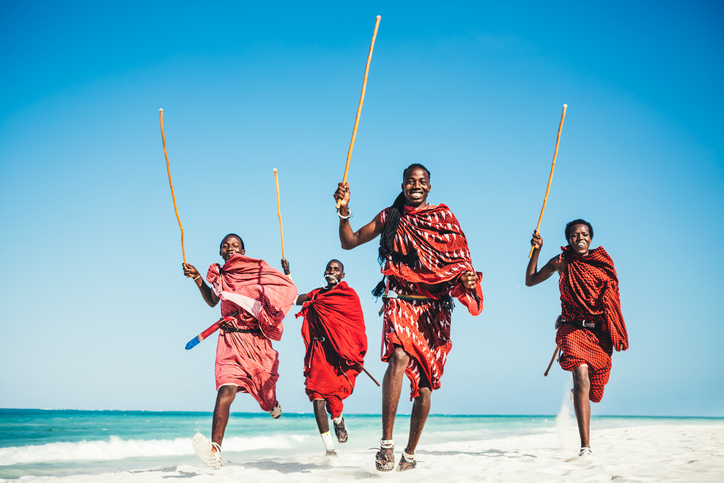
The Maasai are a Nilotic ethnic group inhabiting northern, central, and southern Kenya and northern Tanzania. The Maasai tribe is a tribe of warriors who trace their origins from migration from Sudan to Kenya and Tanzania along the Great Rift Valley.
It is estimated that 1 million Maasai people live in Kenya and Tanzania. However, most Maasai doubt these numbers because they see the national census as government meddling and often miscount their numbers to census takers, according to the Maasai Association.
The tribe is nomadic in nature, choosing to stay in smaller homesteads. They build their way of life around their cattle which they insist are a gift from their god Ngai. They use the cattle primarily as a measurement of wealth as well as a source of food, even going as far as drinking the blood of the cattle for sustenance.
The Samburu – Kenya
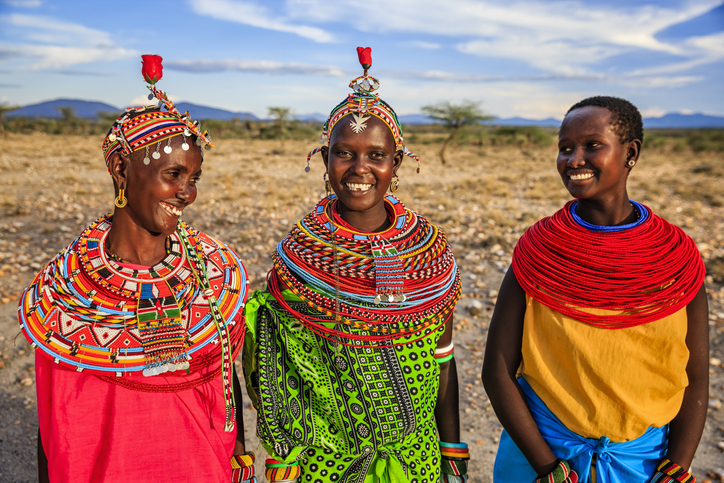
The Samburu tribe is another ethnic group that resides in northern Kenya and is closely related to the Maasai people. This tribe is known for its expertise in animal husbandry and its ability to adapt to the semi-arid environment of the region. They also have strong communal and kinship ties, a patriarchal social structure, and distinctive clothing and adornments.
They speak the Samburu language, which belongs to the Nilo-Saharan language family, and many Samburu individuals also speak Swahili and English due to their interactions with neighboring communities and tourists. Tourists should approach their communities with respect and sensitivity.
The Samburu population was estimated to be around 250,000 individuals.
The Oromo – Ethiopia

The Oromo people are the largest ethnic group in Ethiopia, with a population of 35-40 million people. They speak the Oromo language, which is one of the most widely spoken indigenous languages in Africa. With a diverse and multifaceted culture, Oromo people have a strong oral tradition and the Gadaa system as a social, political, and economic system. They also follow a range of religious beliefs including indigenous African religions, Islam, and Christianity.
